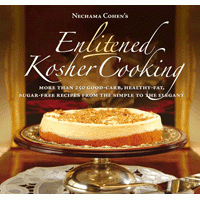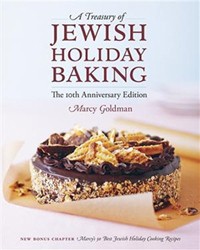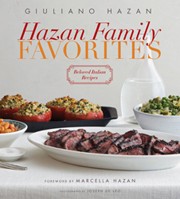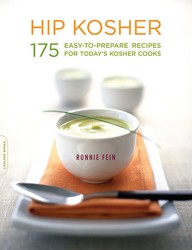In recent years, the words “locavore” and “seasonal” have deservedly taken their place in cooking and cookbook articles. Many of us wish we had access to truly preparing and eating food that is locally produced. To serious cooks like Amelia Saltsman, it makes all the difference.
Saltsman was born in California to a Romanian-Israeli mother and an Iraqi-Israeli father. In her introduction, she states, “one grandmother used parsley, the other, cilantro, one cooked potatoes, the other rice…I re-created the foods of memory and explored the flavors of my parents’ adopted, and my native, homeland.” Many of the recipes are tied to the seasons of the year and to the Jewish holidays, though one can prepare and eat these dishes at any time.
Saltsman points out that the different surroundings of various Jewish communities inspired “Jewish Food”; adding the influences of the Israeli melting pot and Saltsman’s immediate environment make for a fascinating cookbook. Though the author informs us that her cookbook is not a kosher one, it does follow some basic precepts. She adds, “I hope that whatever dietary guidelines you practice, you will be able to enjoy all the recipes in this book.”
Included in the list of ingredient essentials are freekeh, the fire-roasted green wheat with a slightly smoky flavor; quark, low-fat, tangy fresh cheese of German origin; kashkaval, kasseri, and kefolatiri, yellow Balkan sheep’s milk cheeses ranging from semi-hard to long-aged and sharp for grating; smoked salt, which adds a deep complex flavor; sumac, a favorite in Persian cooking, which adds spectacular color and some tartness; and ras el hanout, a popular North African ground spice mix.
At the outset, there are seven basic recipes: basic white rice, Sephardic style; vinegared cabbage; labneh; tahini sauce; lemon sauce; and schmaltz and gribenes (and even a pareve, vegan “schmaltz and gribenes.”) Particularly intriguing recipes that appear under Saltsman’s seasonal offerings are Gvetch: Roasted Romanian Ratatouille, The European Plum Meringue Torte, Green Olives with Za’atar and Citrus; Safta Rachel’s sesame seed Bageleh (the Hebrew handwritten version appears too); Savory Persian Herb and Cheese Hamantaschen; Safta Rachel’s Iraqi Charoset; Freekeh, English Peas, and Smoked Fish- and Mamaliga; and Poppy Seed Shortbread Cookies.
The photographs by Staci Valentine are visually exciting. In addition to an alphabetical index, recipes are listed by course and by kosher category. Also included is a valuable resource guide.





